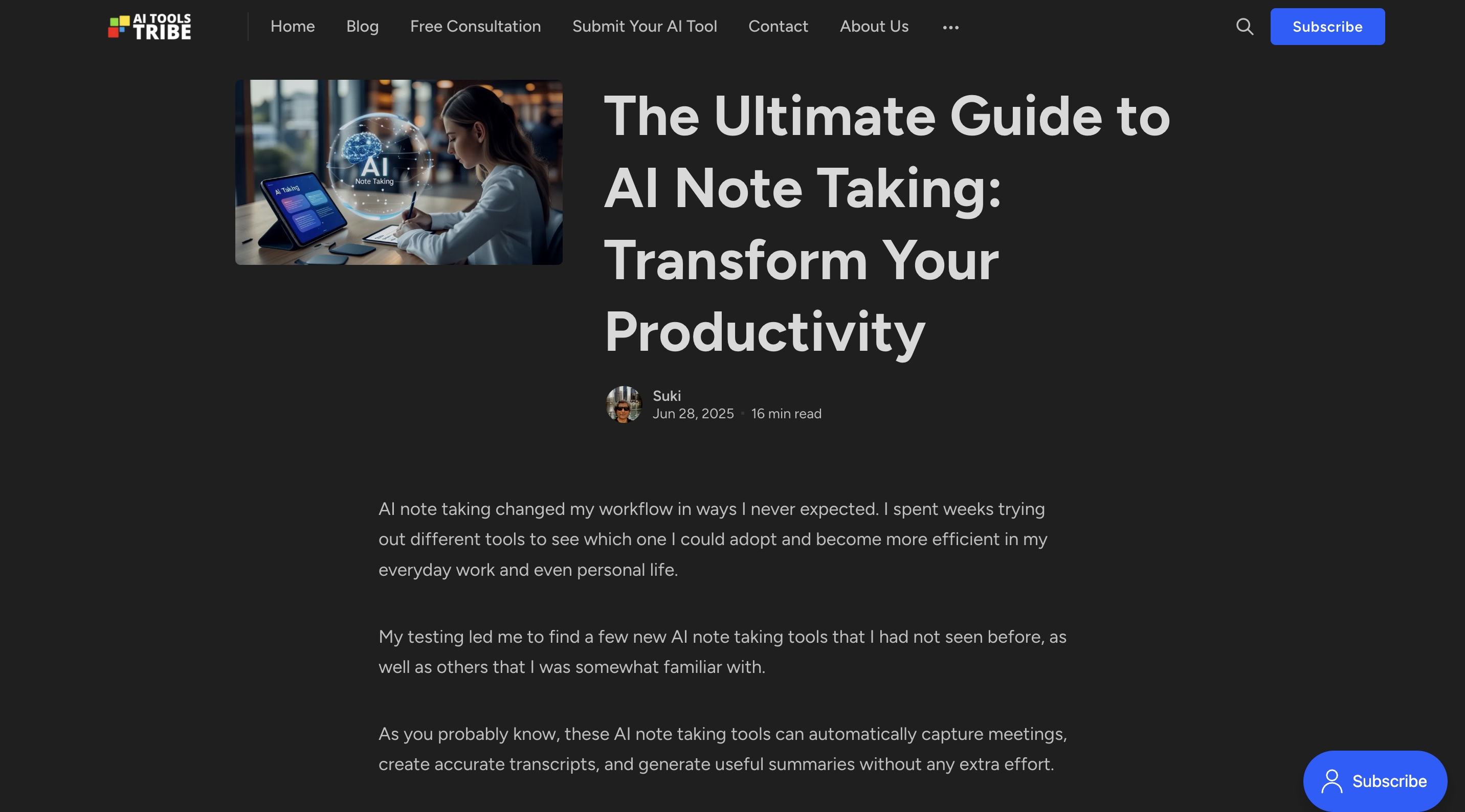
I note taking changed my workflow in ways I never expected. I spent weeks trying out different tools to see which one I could adopt and become more efficient in my everyday work and even personal life.
My testing led me to find a few new AI note taking tools that I had not seen before, as well as others that I was somewhat familiar with.
As you probably know, these AI note taking tools can automatically capture meetings, create accurate transcripts, and generate useful summaries without any extra effort.
In this article, you'll learn everything about AI note taking software. We'll cover how these tools work and which options suit different needs best. The right notes taker AI can boost your productivity whether you're swamped with work or cramming for exams.
What is AI Note Taking and How Does It Work?
AI note-taking technology has come a long way over the last several years. Simple voice recording has transformed into a smart system that understands context, spots different speakers, and picks out key details from conversations. My first experience with these tools showed me how they changed the way we handle the boring task of taking notes by hand.
Understanding AI note taking apps
AI note taking software combines several advanced technologies to capture and process meeting content. These tools use Natural Language Processing (NLP) to spot entities, relationships, and sentiments in conversations. Speech recognition algorithms help turn spoken words into accurate text.
AI notes apps typically fall into two groups based on how they record meetings:
- Bot-based AI note takers: Tools like Otter AI, Fireflies.ai, and Fathom join your virtual meetings as participants. They listen, create transcripts right away, and give you detailed notes afterward. Slack AI lets everyone know that note-taking is active and creates a summary with action items in the huddle thread [1].
- Non-bot recorders: Apps like Krisp and Granola record meetings through your computer's microphone and speakers without joining as participants. Some people find this method less intrusive.
Smart information organization sits at the heart of these apps. Microsoft points out that "AI algorithms excel at organizing and categorizing information. The automated tagging and contextual understanding features of AI note-taking tools contribute to a more organized and structured knowledge bank" [2].
How AI transcribes and summarizes meetings
Automatic Speech Recognition (ASR) technology starts the transcription process by turning speech into text. Modern AI can now spot multiple speakers, tell voices apart, and work with different accents and languages. Many tools now handle 20+ languages and keep adding more options [3].
AI summarization takes over once the raw transcript exists. Two main approaches make this happen:
Extractive summarization picks out important sentences straight from the original text without changing the words. This method finds and groups key sentences to create a shorter version of the meeting.
Read the rest of the article: CLICK HERE







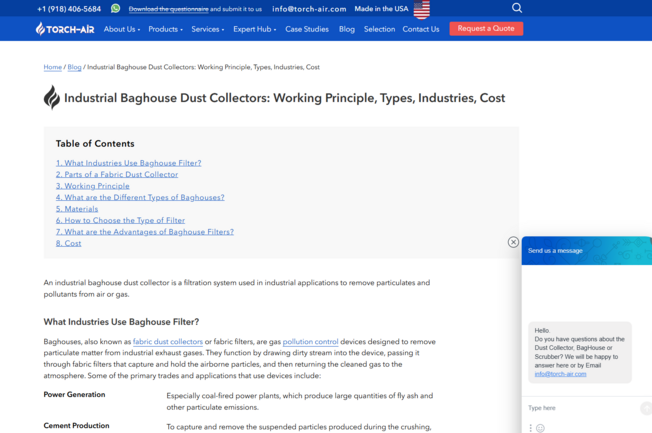



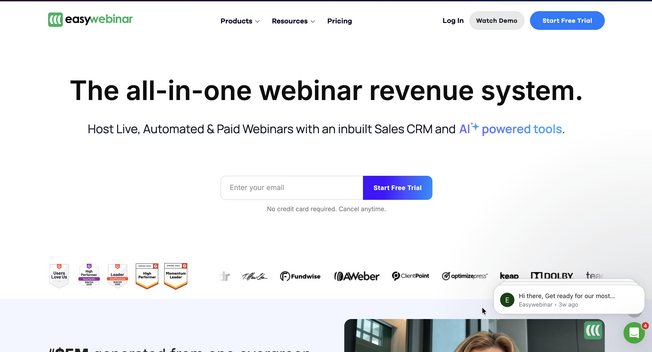
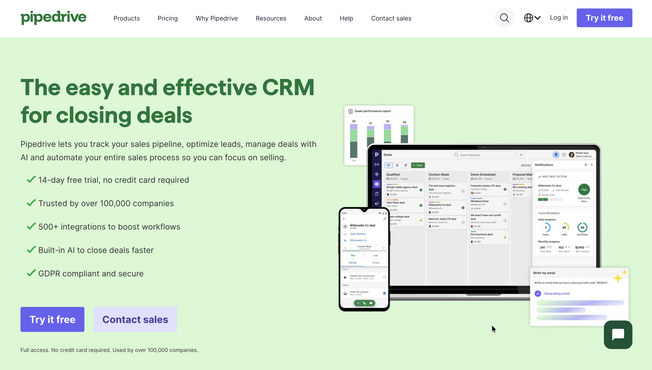

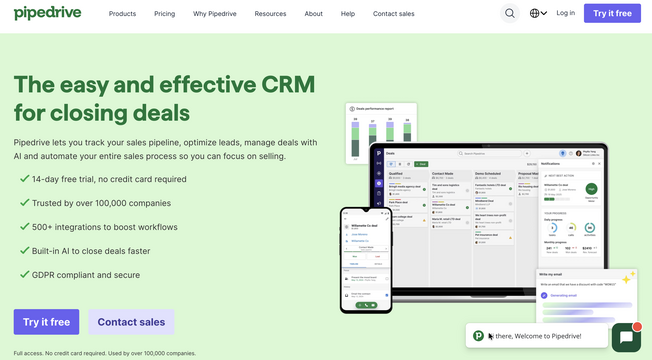
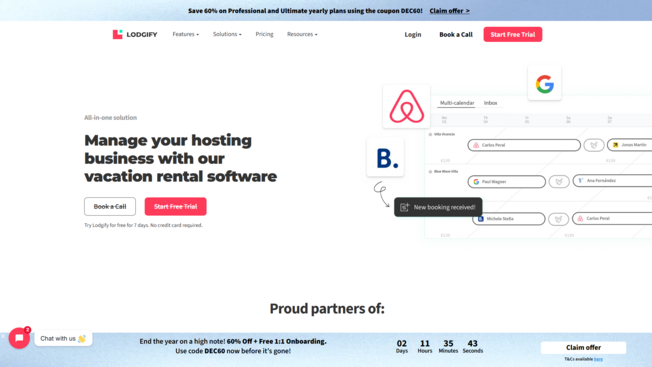

Leave a Reply